Unsafe at Top Speed: “SAFE” Summit Shoots Off the Rails
by Brian Czech
The 2025 SAFE Summit in Washington, DC, was anything but. Sure, the hallways of the Walter E. Washington Convention Center were free of hooligans, and the attentive staff kept the floors cleared of banana peels. Yet if your idea of safety is big-picture, long-term—as expected at an energy-security conference—you could have left the summit fearing for your children’s future.

“We will not sacrifice our economy for net-zero carbon.” Tommy Joyce, U.S. Department of Energy, addressing the 2025 SAFE Summit. (CASSE)
The three main themes percolating on stage were “energy dominance,” “all of the above” (as in all forms of energy), and “Drill Baby Drill!” Vying for the fourth spot, sans snazzy slogan, was the theme of faster permitting and/or “regulatory reform,” a euphemism for undercutting hard-won environmental laws.
The summit had an acerbic flavor relative to the 2024 iteration, which was far more focused on electrification. In 2024, conferees aspired to electrify everything from the grid to the grinder in grampa’s granary. In other words, the summit had something of a “green” feel. But only a handful of green pretenses were evident this year, and those were eclipsed in toto by blatant homage to Donald Trump and his “National Energy Dominance Council.”
This shift into overdrive would come as no surprise at, say, a Chevron convention, but the SAFE summit is billed as an energy security conference. Unless your planning horizon extends no further than the front lawn, energy security is not achieved by fast-tracking every fuel in the book. Energy security, environmental security, economic security, and national security go hand-in-hand, each entailing the conservation of resources.
“Energy Dominance” vs. National Security
Colin Powell once dryly averred: “Policy success comes easier when more actors work with you than against you.” Powell’s dictum begs the question: How does an attitude of “energy dominance” help to get more actors working with you? How does it help with anything, for that matter? (With the possible exception of energy company stock prices.)
“Energy dominance” reeks of an us-versus-them mentality. It is a gratuitously bellicose stance. It implies not only the capturing of more market share; it’s about others having less than us. It connotes not diplomacy but unbridled competition, something better suited to a hockey game or an MMA fight.

“Dominance” is a good motto for mixed martial arts, not energy security. (John McStravick, Flickr)
Sure, nations already allied with the United States will play along and kowtow to some extent. All the while, they’re probably thinking, “What greedy, arrogant asses.”
Unfortunately, unlike hockey or mixed martial arts, there are no pads or gloves to soften the blows in the energy arena. Referees aren’t ready to step right in, either. The tools of the trade are things like rockets and robots (both of which were heralded at the summit). And of course it takes copious energy to launch rockets, boot up robots, and in general “dominate” in the energy sectors.
Yes, the concern over China’s meteoric rise is valid, and it too was a top-ten theme at the summit. And it’s true enough that weakness will be exploited by aggressive actors like China, Russia, and North Korea. But isn’t it just as obvious that an attitude of “dominance” will only goad them on? Not only the dictators and communists involved, but the billions of countrymen that will, at some level, help determine successors to the likes of Xi and Putin?
“All of the Above” — Nothing Sacred Anymore?
SAFE Summit principles and speakers ignored limits to growth and rejected the implications for international diplomacy and military planning. Evidently the ignoring and rejecting starts with the popular leader of the summit, Robbie Diamond, SAFE CEO and a “serial for-profit and not-for-profit entrepreneur.” Diamond exudes optimism, and he’s no dummy, but being optimistic and smart doesn’t guarantee an effective approach to national security.
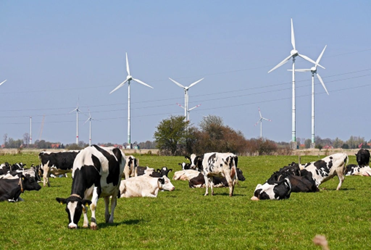
Who let the cows out of the cow-power facility? The SAFE Summit, with it’s “all-of-the-above” insistence, must view it as a waste of energy. (Picryl)
Diamond kicked off the event with a reception speech in which he reminded conferees of the rapidly increasing demand for energy. Referring to petroleum and mineral resources, he also reminded us that nations “go to war for these resources.” Yet there was no one like a Michael Klare at the summit to speak about resource wars, the race for what’s left, or rising powers on a shrinking planet. Instead, there were military brass serving as boosters for energy and mining corporations.
Nor was there any talk of tempering that skyrocketing demand. No talk of trimming the fat from the $28 trillion American economy. No mentioning the unsustainability already of a $107 trillion global GDP.
I spoke with dozens of conferees and listened to numerous talks and panels, and heard nary a peep about limits to growth on a finite planet. Certainly not a proactive peep. When I brought it up in conversations, roughly a fourth of souls concurred, including a handful wholeheartedly.
My assessment, based on the modest sample size, is that limits to growth was a hushed realization among a minority of conferees. Limits were as yet invisible to an unexposed, louder majority lacking an ecological education.
Diplomats from Europe generally “got it,” and at a deeper level, than others in the crowd. They could actually talk shop about things like steady-state economics and the Degrowth movement. Part of this is explained by the long run of European experience. Europeans have been dealing with limits to growth for centuries. They’ve suffered uncounted skirmishes, border conflicts, and pan-European wars, some spilling over into world wars. They’ve been thinking literally about limits to growth, in numerous linguistic terms, since Thomas Malthus and John Stuart Mill.
Many Americans, including SAFE conferees, are clinging to the coattails of Manifest Destiny. The expansionist 19th century vision was easy to adopt in the wake of Native American smallpox epidemics. It reverberates today with notions like “American exceptionalism,” Greenland takeover, and, yes, “energy dominance.”
These notions are foreign-policy manifestations of the political movement to “make America great again.” The supreme irony of the MAGA movement is that the passionate supporters from rural red districts have had their cultures uprooted—greatness gutted—by the very bulldozer of GDP growth they now unwittingly support. But such irony seemed outside the concern, if not beyond the grasp, of the SAFE summit majority.
In addition to the European officials I met, there was a handful of notable exceptions among American conferees. However, these conferees were outliers like me: not speakers, exhibitors, or planners, but observers, reporters, questioners, and the generally curious. A reporter with Newsweek got it in spades; his father was a big fan of Herman Daly. A fellow from Greenpeace understood the CASSE position on economic growth in an instant. So too did an economist with the U.S. Geological Survey.
Unfortunately, my sample size was limited and the vast majority of conferees never had a chance to see, discuss, or in any way become aware of the CASSE position. Early on the first day of the summit, SAFE staff prohibited me (and by extension, Alix Underwood, CASSE Managing Editor) from circulating the position. I was informed, albeit politely, that I would be escorted from the premises if I approached anyone else about signing the position. For a nauseous moment, I felt like I was back in the federal government, gag-ordered again by a zealous appointee!
This censorship, too, made the 2025 summit inferior to the 2024 iteration. In 2024, circulating the CASSE position was easy as pie, as it is at any free-thinking conference. Conferences are the places where so many notable signatories have signed—including top energy scholars—the non-partisan position.
In 2024, probably a hundred individuals got a taste of ecological macroeconomics at the summit, some with substantial interest. But this year? Only a score of conferees had the opportunity before the shutdown by SAFE staff.
Who is SAFE and What is the Summit?
SAFE is a somewhat mysterious entity. Posited here and there as a “think tank” and elsewhere as an “industry group,” it spawns energy-related centers and initiatives. It has a “sister organization,” the Electrification Coalition, of which Diamond is likewise the CEO. (Diamond is also a founder and board member of a solar-power company operating in India, plus an advisor to a venture capital fund based in Tel Aviv.)
SAFE staff includes mostly young, energetic individuals with experience at numerous industry groups and corporations associated with energy, mining, transportation, and electricity. Some staffers whet their professional teeth at the U.S. Chamber of Commerce, Pentagon, NATO, congressional committees, and lobbying firms. The educational backgrounds of staffers tend to be in business, political science, policy studies, and government. It’s an industry-focused, policy-oriented group.
One needs to surf their web pages to find the meaning of the SAFE acronym: “Securing America’s Future Energy.” The full meaning of the acronym has apparently been abandoned, though. It certainly isn’t advertised on the organization’s home page, or on the “About” page. Why is anyone’s guess. (Perhaps they’ve discounted the “Future”?)
Yet “SAFE” remains the organization’s name, and rhetorically it’s hard to beat. “SAFE” connotes freedom from harm, protected, and yes, secure. And literally, of course, it should mean…well, safe! Coming and going. Not only free from harm, in other words, but causing no harm, either.
Which is why I favor the play on Ralph Nader’s Unsafe at Any Speed for the title of this article. In 1965, the American automobile industry was a reckless, profiteering collection of corporations and lobbyists that, in Nader’s words, “brought death, injury and the most inestimable sorrow and deprivation to millions of people.”
I’m not so sure today’s energy industry isn’t largely responsible for the coming generations’ inestimable sorrows. It wouldn’t have to be that way, not if it operated at a safe speed. But when characterized by “dominance,” “all the above,” and “Drill Baby Drill,” that’s not just any speed. That’s top speed, and it’s not safe!
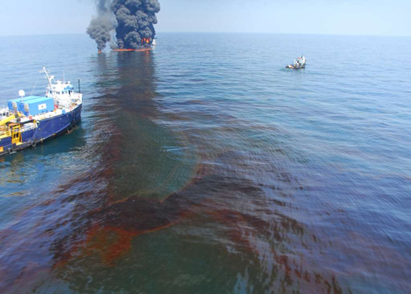
Deepwater Horizon disaster. Leaks, spills, collapses, collisions, breaks, explosions, fires, derailments, and other wrecks and mishaps happen faster at breakneck production speeds. (John Masson, Picryl)
To clarify, we’re not talking about accidents in the mines and at the power plants. Not talking about punctuated, absolutely expected environmental disasters like the Exxon Valdez and the Deepwater Horizon, either. (See BP: Beyond Probabilities.) We’re talking about an unsafe, systematic policy of pulling out all the stops for every source of energy to support this year’s aspirations for the fastest rate of GDP growth possible.
We’re talking about fueling a fast party; the shindig type, not a political party (although that, too, seemed in play at the summit). This economic blowout is primarily for the richest country on Earth. It’s a spending spree that will leave the global economy in a state of Supply Shock for subsequent, dark decades.
We’re talking, too, about the decimation of biodiversity caused by breakneck economic activity, fueled by “all-the-above” energy. We’re talking about untold, untested pollution problems stemming from an industry tightly tied to the chemicals sector.
And all that ugliness rears its head before we even note the existential threat of global heating.
Clearly this is not an article of a one-issue climate scholar, despite the years spent planning for climate change in the federal government. This is a big-picture, long-term, multi-faceted perspective on environmental, economic, and national security, each entailing sane energy policy in a context of steady statesmanship in international diplomacy. That said, climate change may be the ultimate threat, and nothing is more causative of climate change than the energy-dominance, all-the-above, Drill-Baby attitude displayed at the 2025 SAFE summit.
A SAFE Retreat
The SAFE Summit, 2024 style, seemed somewhat serviceable. Now in retrospect, even that one was unsafe at its higher speeds. Surely the principals involved knew fully well that, to maximize the rate of “electrification,” we’d be tapping into all the other fuels as well, especially fossil fuels.
Less-skeptical observers than yours truly might even suspect that the electrification push was really a front for energy profits, period. All aided by an entrepreneurial “think tank/industry group.”
It may be hard for SAFE to resist their top-speed approach to energy extraction and distribution. In such a pro-growth political and philanthropic environment, they probably find it easy to get massive grants, like the million-plus they received from the Hewlett Foundation last year. But how can they sleep at night with such an unsafe approach to so much at stake?
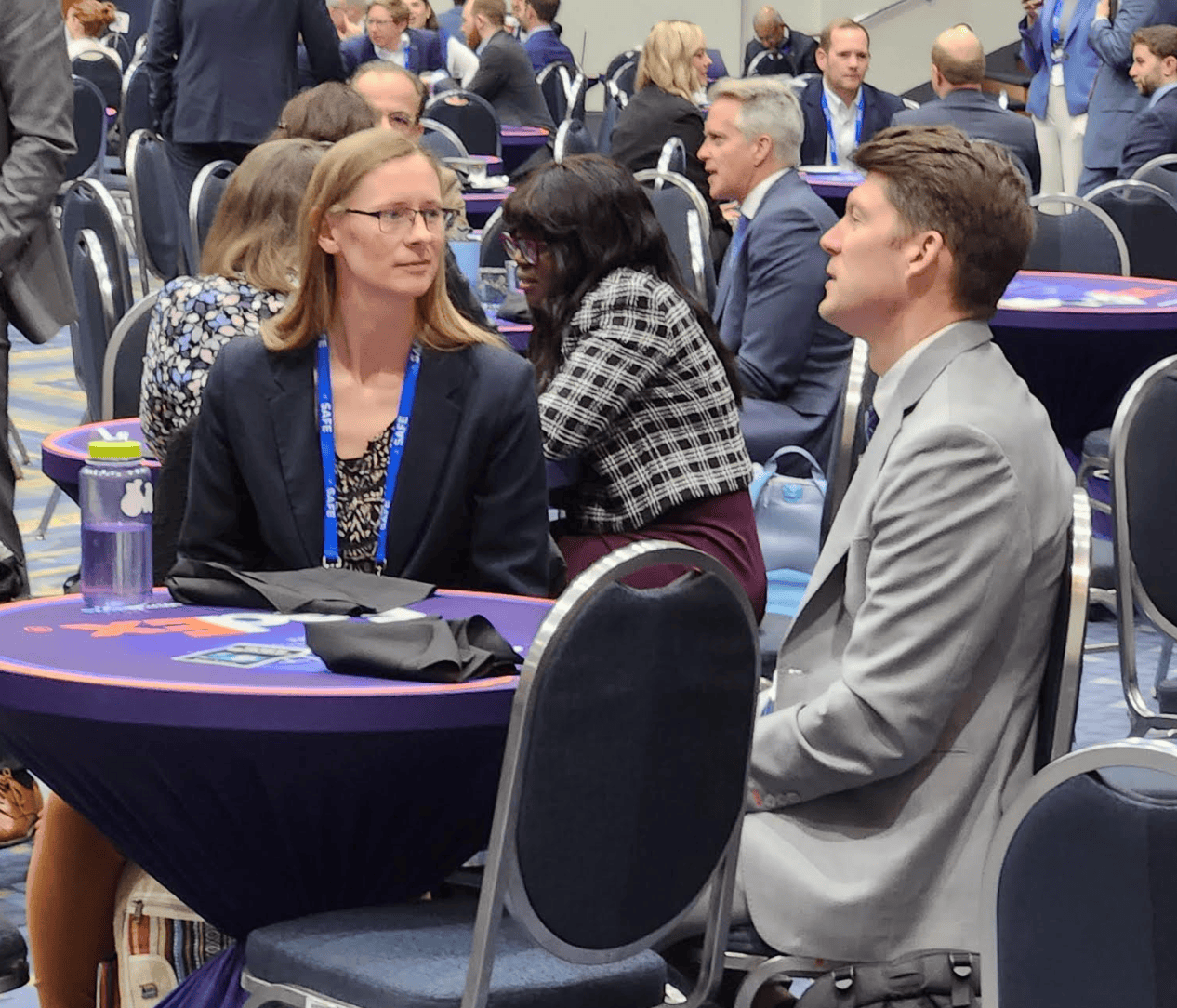
CASSE Managing Editor Alix Underwood (left) and a fellow conferee discussing limits to growth and the ramifications for energy and transportation sectors. (CASSE)
The 2025 SAFE Summit was only the third iteration. For subsequent summits, SAFE should be fully capable of tempering its unsafe position on energy. They are, after all, “agile and multidisciplinary.” They have the “strategic ability to adapt…with real-time, up-to-date analysis and recommendations.”
Many of the types of talks they’ve hosted would still be fine, if balanced out by some energy research linked with ecological economics. Charlie Hall on EROI (energy return on investment), Gail Tverberg on energy and GDP, Alice Friedemann on life after fossil fuels, or Tom Murphy on the timescale of limits would all add value to SAFE and its summit. And of course, they have CASSE right across the Potomac in Arlington, ready and able to assist.
In my opinion, SAFE should consider another theme—perhaps unadvertised—for their 2026 summit: Retreat. It wouldn’t be hard to retreat from the embarrassing and backfiring “dominance” mindset. Perhaps they need a staff retreat to re-think their growth-at-all-costs position. Otherwise, broad-minded conferees will retreat from these summits, and SAFE could end up with industry executives preaching to their own “We Want It All” choir.
Who’d want to attend that?
 Brian Czech is Executive Director of CASSE.
Brian Czech is Executive Director of CASSE.
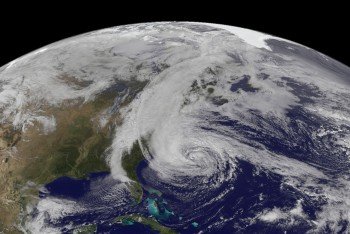
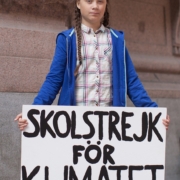

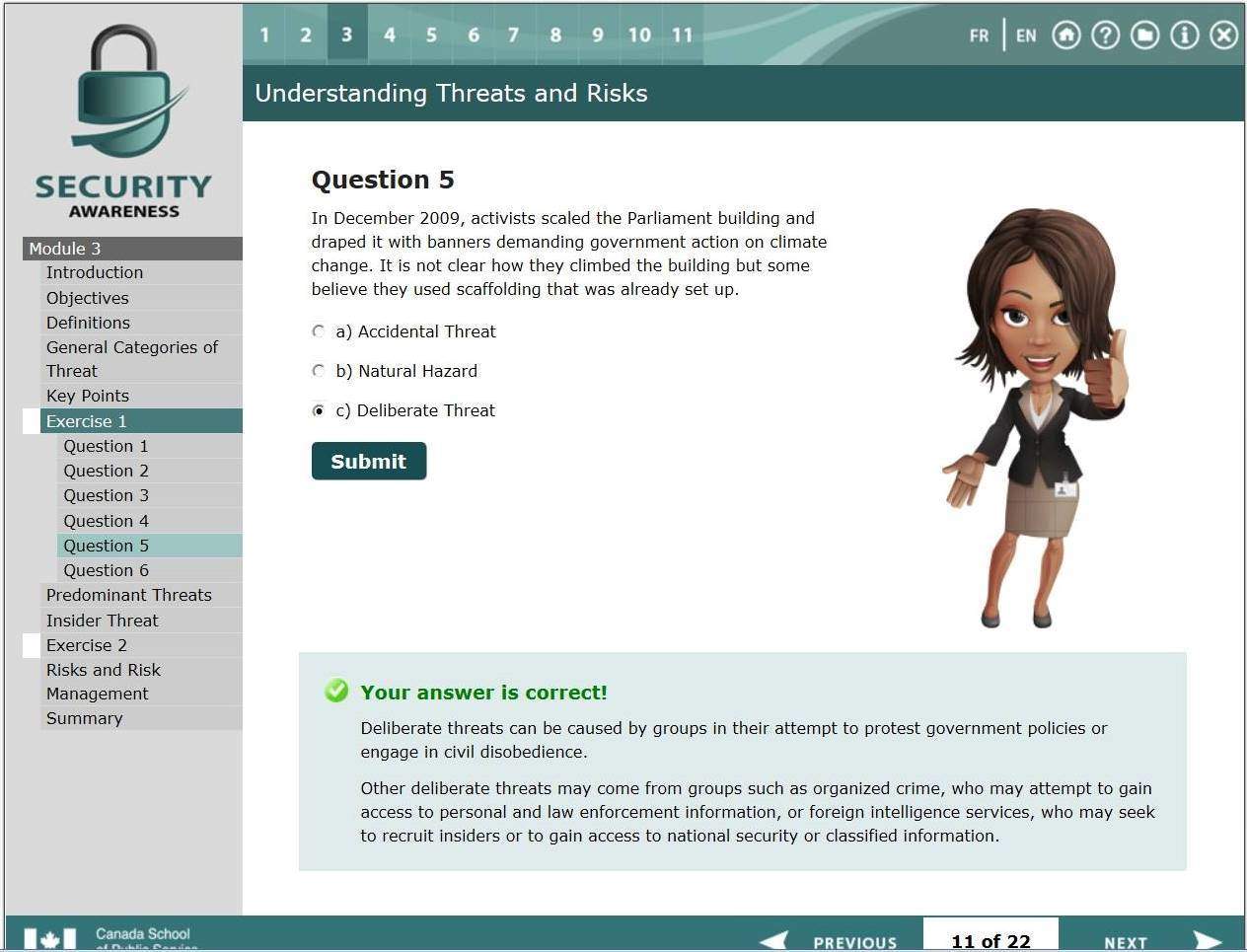


Obviously I have strong opinions (disbelief and disgust) about the SAFE conference. So with that out of the way..
What is striking is the lack of wisdom about energy security at work here. If one takes energy *security* as the absolute primary concern at work, then renewables are hard to beat. To put a fine point on it: in a US context, can Russia/China/OPEC/whatever turn off the sun, or stop the wind from blowing?
No, they can’t. This has already yielded some security benefits for my home, California, which has been doing more than most places to embrace commercial solar power. When there was rumbling about the impact of reduced natural gas supplies to the world market (Russia flexing its energy weapon in 2022), the CALISO electrical grid operator did some quick calculations on impact. Well, they said, not really anything material for California. If the sun stopped shining, *then* we’d have a massive problem. But the world market price for natural gas? Eh, whatever.
Just to draw out this security thing a bit more: how easy is it to disrupt power by targeting coal/gas/oil/nuclear plants? Not easy, but man, if you get a cruise missile or truck bomb into one big plant, there you go. With solar and wind … well, good luck blowing up several thousand hectares of solar panels with missiles or manually placed explosives.
I think my point is clear: if one is truly concerned about energy security, from the standpoint of countering threats from foreign powers and so on, renewable energy sources are like wearing a bullet-proof vest. “Hawks for solar energy” could be a meme. If only they had the wisdom to see.